The Next Tech Revolution
The smartphone revolution changed lives. IoT will change the world.
Technologists tend to overstate the impact of the latest product or trend. Analyst firms routinely publish “hype cycle” reports, tracking the ebb and flow of technology buzzwords, and columnists write of coming “revolutions.” Some innovation lives up to the hype. For example, in just a decade, the smartphone has revolutionized how we organize and navigate our lives, and it’s profoundly changed business.
And there’s another innovation that’s been the subject of much hype and speculation for many years, whose impact on humanity promises to outstrip even the smartphone: the Internet of Things (IoT). Unlike the smartphone, you don’t see the IoT in everyone’s pocket or hand. The key reason why the IoT promises to help solve humankind’s most complex and pressing problems is that, while the smartphone puts modern computing in the hands of every person, the IoT will allow it to reach everything. Billions of devices automatically gathering and analyzing vast new sources of data will transform both human and digital decision-making.
One of the earliest examples of an IoT system is the automated teller machine (ATM), which changed how humans accessed and managed money. Today, Nest thermostats automatically monitor and control home environments, and devices such as the Ring doorbell or Arlo camera provide not just raw information, but analysis and insight. These powerful systems help us make more informed and more effective choices about things like energy consumption, security and comfort.

These emerging, intelligent, connected solutions are beginning to minimize the need for human input in ways that promise vastly more productivity and scale to tackle global problems. This is because, unlike the powerful smartphone, the IoT has the potential to untether us from the technology. For example, today a user can control a lawn-irrigation system with his or her phone, turning it off when it rains. But a truly intelligent IoT-enabled lawn-irrigation system will manage itself when it’s connected and communicating with local weather forecasts, ground-moisture sensors and the local water utility—largely or entirely without human intervention.
Extend this principle to full-scale agricultural irrigation—as water usage is an increasingly pressing global issue—and the ability to manage this resource more precisely and efficiently will build a more sustainable future. Beyond agriculture, the technology behind such solutions could ultimately help solve complex and interconnected problems such as climate change impacts, urban infrastructure decay, supply chain constraints and health care access.
The IoT has been the subject of much hype over the past two decades, but what’s different about today? What makes this transformative, inspiring vision seem within our grasp? It’s because for the first time since “IoT” was coined, all the computing and collaboration elements to make the vision a reality have come together on Arm—the company, the technology and unifying force of this tech revolution.
Arm architecture represents the world’s largest computing footprint, scaling from the tiniest sensors to supercomputers. Arm’s computing technology underpinned the smartphone revolution and is ubiquitous in IoT and embedded applications. Where smartphones ship around 1.5 billion handsets per year, IoT suppliers now ship tens of billions of devices. In fact, the IoT runs on Arm technology, as its partners are shipping over 29 billion Arm-based chips a year, around 70% of these were designed for IoT and embedded markets.
This is a tipping point in terms of scale, but deploying the computing power and collecting the data are just precursors. Intelligence must be developed to interpret that data and enable action and impact, and that intelligence is created in software. Arm brings together an ecosystem of more than 1,000 technology partners—representing millions of software developers—across disciplines ranging from cloud-native and mobile computing to machine learning and deeply embedded programming.
Arm is working to enable any workload on any device and operating system a reality for the IoT. But this requires industry collaboration with a critical mass of participants who recognize that standardizing the common foundational building blocks of IoT is key to unlocking the maximum potential for all. A lack of standards increases the risks of devices not being interconnected or malicious attacks on the devices.

A great example of IoT industry collaboration – and how IoT solutions can scale quickly – is the Matter protocol, a standard way to connect smart-home devices seamlessly and to ensure their interoperability out-of-box. Because of Arm’s foundational technology and the scale of the Arm ecosystem, new protocols can now be developed and tested on Arm faster than ever before. The scores of companies working with Matter can prototype their innovations with Arm technology and tools, virtually or in the cloud, before committing to hardware, which speeds both adoption and time to market.
The future of IoT is here: A huge computational footprint, a confluence of software development communities and a motivated ecosystem with a shared purpose. Together, these paint a path where data, insight, intelligence and action can deliver impact at a scale beyond that achieved by the smartphone industry.
Arm is dedicated to delivering the specialized computing to handle this data efficiently and securely—empowering technologists to meet the challenges of our modern world in entirely new ways.
The smartphone placed unfettered access to communication and information in the hands of billions of people. The IoT will connect everything else—and that will change the world, potentially delivering $12 trillion in economic value in the next decade. That’s a powerful future for humanity, a future built on Arm.
This article was written and supplied by Arm.
